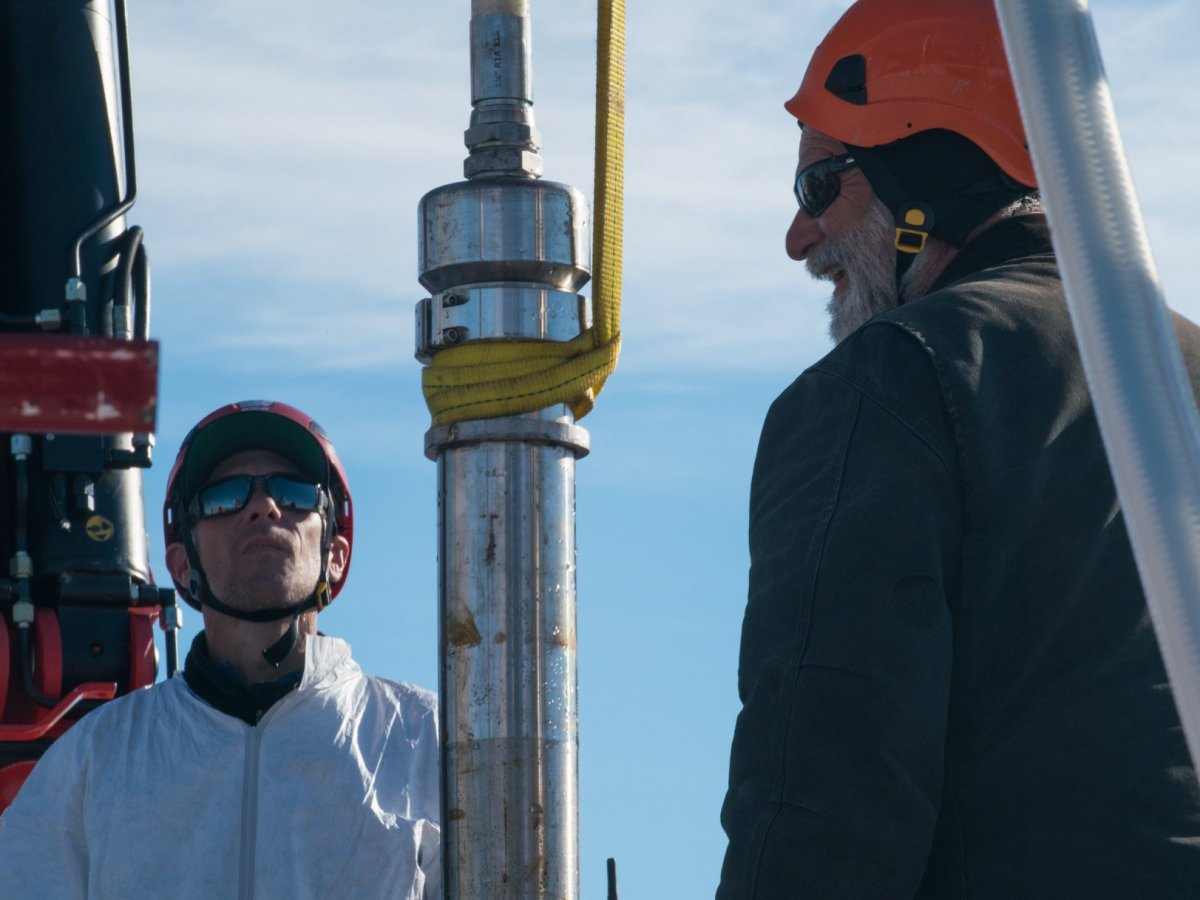
Photo: SALSA Antarctica/Facebook
Lake Mercer is a subglacial lake deep below the Antarctic Ice and it’s sat untouched by humans for millennia – until now. As Nature News & Comment reported scientists drilling into a buried Antarctic lake 600 kilometers from the South Pole have found surprising signs of ancient life: the carcasses of tiny animals preserved under a kilometer of ice. The crustaceans and a tardigrade, or ‘water bear’ — all smaller than poppy seeds — were found in Subglacial Lake Mercer, a body of water that had lain undisturbed for thousands of years. The ancient crustaceans once lived on the continent and were somehow transported to the lake from nearby mountains, likely by water or glaciers. Understanding Antarctic ice sheets, their history, and how they’re melting is crucial to understanding global warming and how it will affect sea level rise.
As Science Alert reported, scientists accidentally discovered the lake in 2007, when they were examining satellite imagery of Antarctica’s ice sheet. Then on December 26, 2018, they finally reached it the 50-foot-deep subglacial lake, researchers from a project called SALSA (Subglacial Antarctic Lakes Scientific Access) 💃🏻had to bore a tiny hole nearly 1 kilometer into the ice. They did this using a drill with a pencil-sized nozzle that sprays heated water. Once the hole was made, they then used a corer tool to pull samples back to the surface.
Why This Matters: The very precise and complex technology used to extract the ice core samples from Lake Mercer could offer lessons for pursuing research in other extreme environments, perhaps even those on other other planets. Drilling in Antarctica is about as close as scientists can get to understanding what it would take to drill into the liquid ocean on Jupiter’s moon Europa, Mark Skidmore, a professor of Earth sciences at Montana State University told Axios.
January 23, 2019 » Antarctica, ice core, research, sediment

